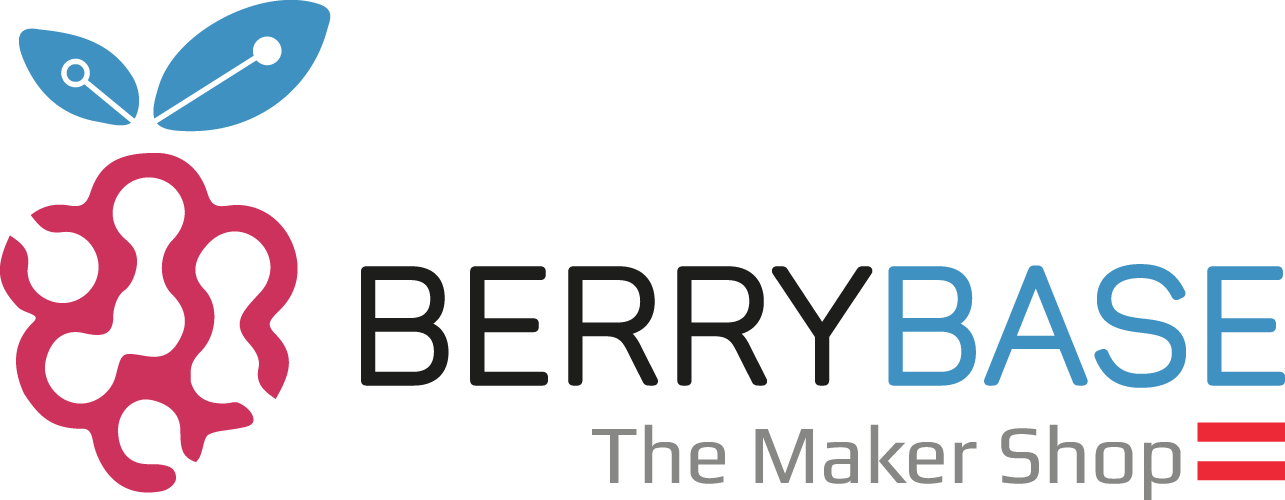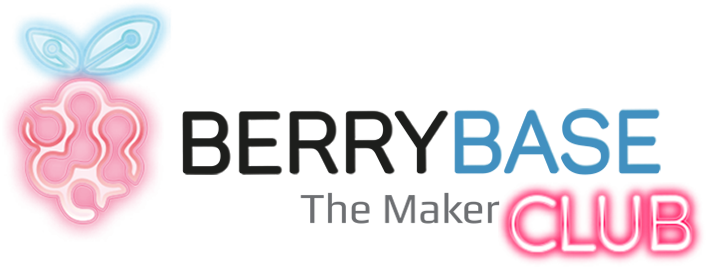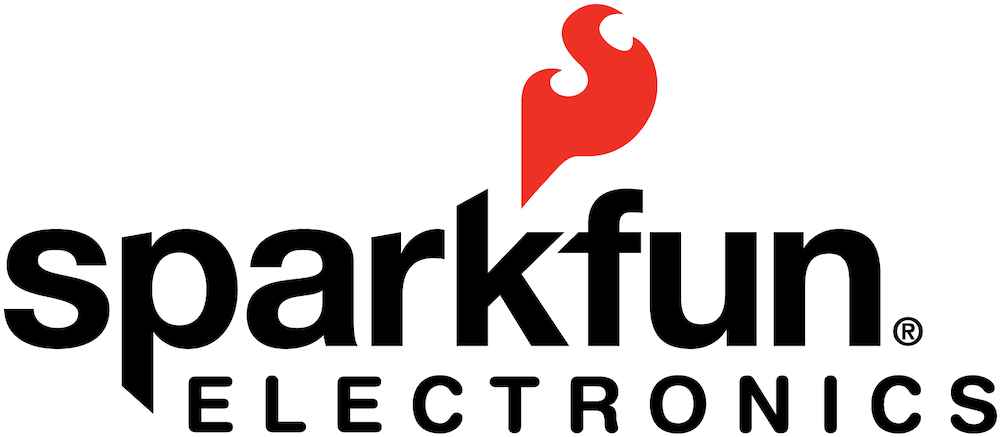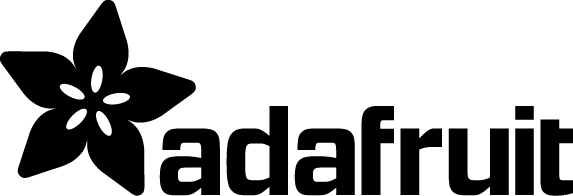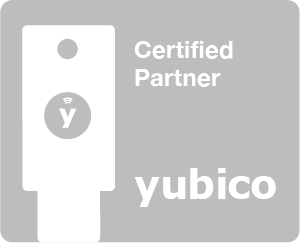What is an ESP32?
An ESP32 board is a type of developer board based on the ESP32 microcontroller. It contains the ESP32 microcontroller, as well as a number of connectors and components that allow developers to use the ESP32 for their projects. Some of the main components of an ESP32 board are:
- The ESP32 microcontroller itself, which provides the actual computing power and wireless communications.
- A power supply, usually provided via USB or an external battery.
- A set of connectors, such as GPIO pins, that allow developers to connect ex-ternal devices and sensors.
- Some boards also have additional features such as LEDs, push buttons or switches that can be useful for certain projects.
- Some ESP32 boards also have a USB interface that allows the microcontroller to be connected to a computer. This makes it easy to flash the ESP32 or control it via serial interface.
What can I do with the ESP32?
The ESP32 is a very powerful and versatile microcontroller that can be used for a wide variety of projects. Some examples of applications where the ESP32 can be used are:
- Internet of Things (IoT) projects: The ESP32 can be used to control devices over the Internet and to collect and send data. For example, this can be used to monitor and control household appliances, create smart home systems, or moni-tor environmental conditions.
- Wireless communication: the ESP32 has built-in WiFi and Bluetooth func-tionality that allows data to be sent and received wirelessly. This can be used to send data from sensors or devices to a server or another device, or to connect de-vices together.
- Robotics: With its power and numerous peripheral inputs and outputs, the ESP32 can be used as the main controller in many robotics projects.
- Prototyping: The ESP32 is a good choice for developers who want to quickly prototype an IoT device. With its low cost and large number of examples and li-braries, it is easy to start a project.
- Automation: The ESP32 can be used to realize automation projects, e.g. to control machines or plants.
- Audio Processing: The ESP32 also has special DSP (Digital Signal Processing) units that allow it to process signals and thus can be used in audio pro-cessing.
- These are just a few examples of applications for which the ESP32 can be used. Because of its power, flexibility and low cost, the ESP32 can be used in many other projects and is a popular choice for developers and makers.
How to program the ESP32?
There are several ways to program the ESP32, depending on your requirements and your preferred development environment. Here are some of the most common methods:
- Using the Arduino IDE: The Arduino IDE is a popular development environ-ment for microcontrollers and also supports the ESP32. The Arduino IDE can be used to write C/C++ code and flash it to the ESP32. There are also many libraries and examples for using the ESP32 in the Arduino environment.
- Using the ESP-IDF (ESP32 Development Environment): The ESP-IDF is the official development environment for the ESP32 and provides a full suite of tools and libraries for programming the ESP32. It allows for deeper control and can be used for more sophisticated projects and applications.
- Using MicroPython: MicroPython is a stripped down version of Python that can run on small devices like the ESP32. With MicroPython you can run Python codes on the ESP32 and it is an easy way to quickly prototype.
- Using Lua: Lua is a lightweight programming language that can be run on the ESP32. There is a firmware called NodeMCU that can run Lua code on the ESP32. It is another way to quickly create prototypes.
- It depends on your requirements and skill level which method is the best for your project. It would be best if you look into different methods and choose the one that suits you best.
- There are also many examples, libraries and documentation on the internet that will help you to start programming the ESP32.
Besides the ESP32 there are other development boards that might be suitable for your project. For example an ESP8266 or the D1 mini board.
What is an ESP8266?
ESP8266 is a WLAN module developed by the Chinese company Espressif Systems. It allows easy integration of wireless network communication into an IoT project or other type of electronic device. The module contains a 32-bit microcontroller, an integrated 802.11b / g / n function and can work as an access point, client or both at the same time. It is relatively inexpensive and has a large community supporting and expanding it.
What is a D1 Mini?
The D1 Mini ESP8266 development board, on the other hand, is the ideal kit if you want to quickly and easily implement an IoT project while programming with Arduino. With its 11 digital input pins and an additional analog input pin, the D1 Mini kit offers a whole range of possible application options. Also thanks to 4 MB flash memory, CH340 USB chipset and integrated onBoard WiFi antenna, the product turns out to be an extremely versatile and powerful tool for your IoT project. Furthermore, the board supports PWM/I2C and One-Wire.
What accessories are available?
There are a variety of accessories available for the D1 Mini that can be used to apply the board to projects. Some examples are:
- Expansion boards: there are a number of expansion boards designed specifically for the D1 Mini that make it easier to connect sensors, actuators, and other accessories. Examples of such expansion boards are the "D1 Mini Shield" or "D1 Mini Pro".
- Sensors: The D1 Mini can be used to connect a variety of sensors such as temperatures, humidity, light, motion, etc. There are also special shield like "Sensor Kit" for these purposes.
- Displays: There are a number of displays that can be used with the D1 Mini, such as OLED displays or LCD displays.
- Actuators: the D1 Mini can also be used to drive actuators such as LEDs, motors and relays.
- Power supply: Another important accessory is an external power supply for the board when it is used in a project that will be operated for a long period of time.
- Jumper wires : There are jumper wires that can be used to transfer signals and power from the board to other electronic components.
- There are many other accessories and add-ons for D1 mini and it depends on the project it is used for and the desired functionalities which are the most suitable.
What to consider when buying?
When you buy a D1 mini, there are a few things you should consider:
- Version number: there are several versions of the D1 Mini, and it's important to make sure you buy the right version that are compatible with your project and requirements.
- Microcontroller: Some versions of the D1 Mini have different microcontrollers, such as ESP-8266EX or ESP32, make sure to select the one you want.
- Pin Layout : The pin layout of the D1 Mini can be different depending on the manufacturer and version, it is important to match it with your own project and extensions.
- Quality : The board and accessories should be purchased from a reliable manufacturer or distributor to ensure that they are of good quality and work properly.
- Support : it is important to clarify the support of the community or the manufacturer, since it is easy to encounter problems when using the D1 Mini and a good support will help to solve these problems.
It is also recommended that you research the specific requirements and capabilities of the D1 Mini in relation to your project before purchasing to ensure it is suitable for your application.




